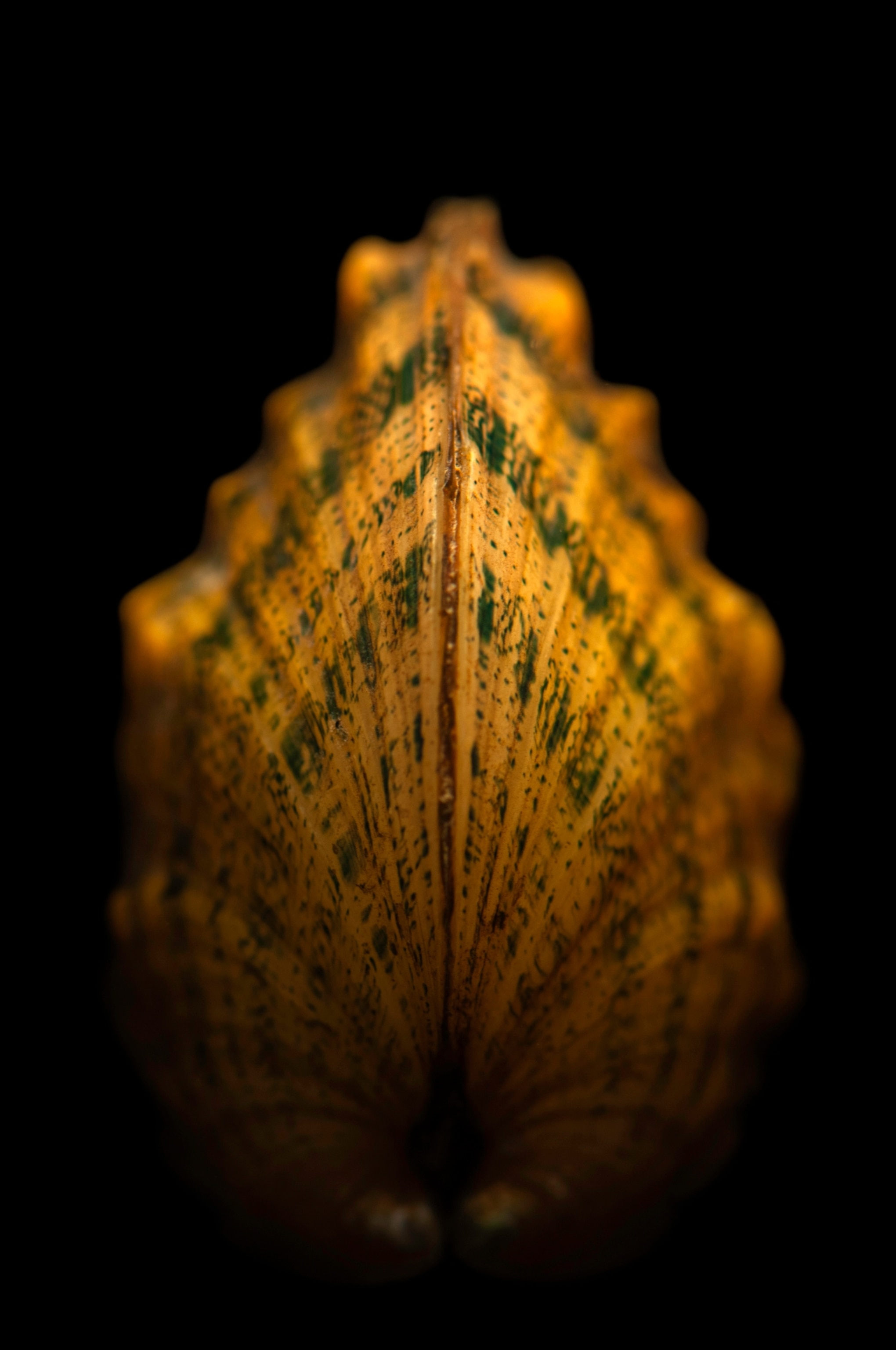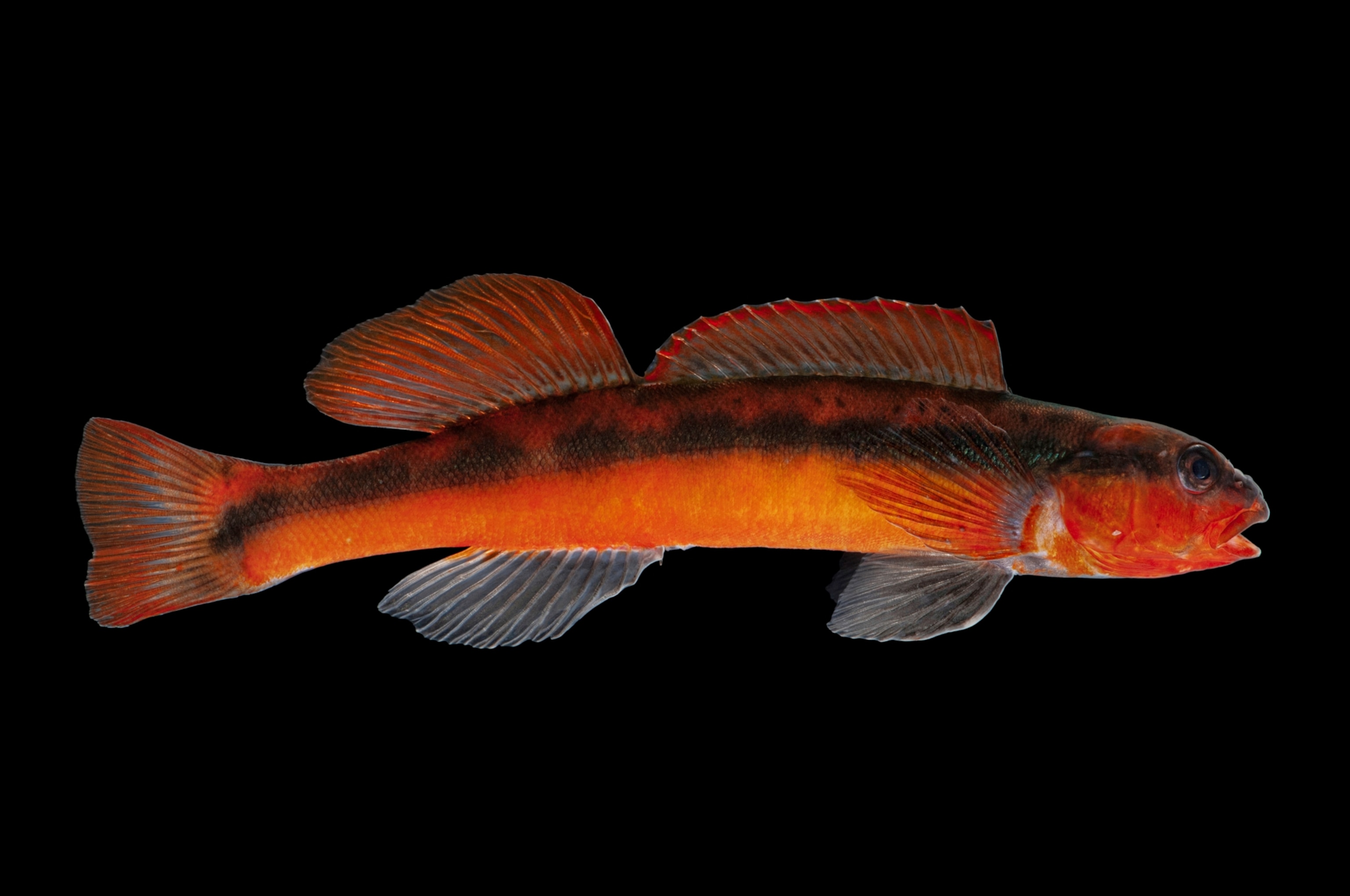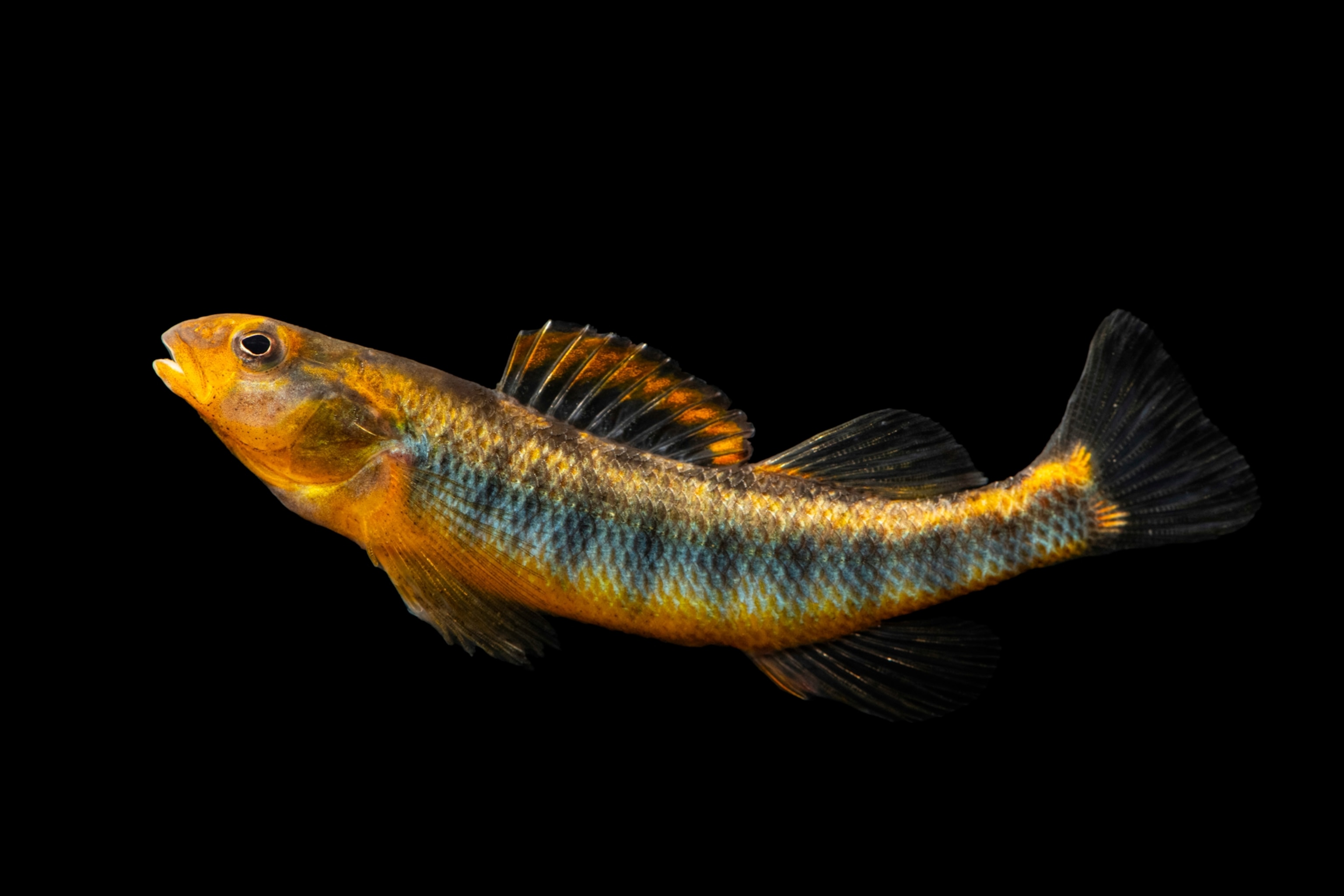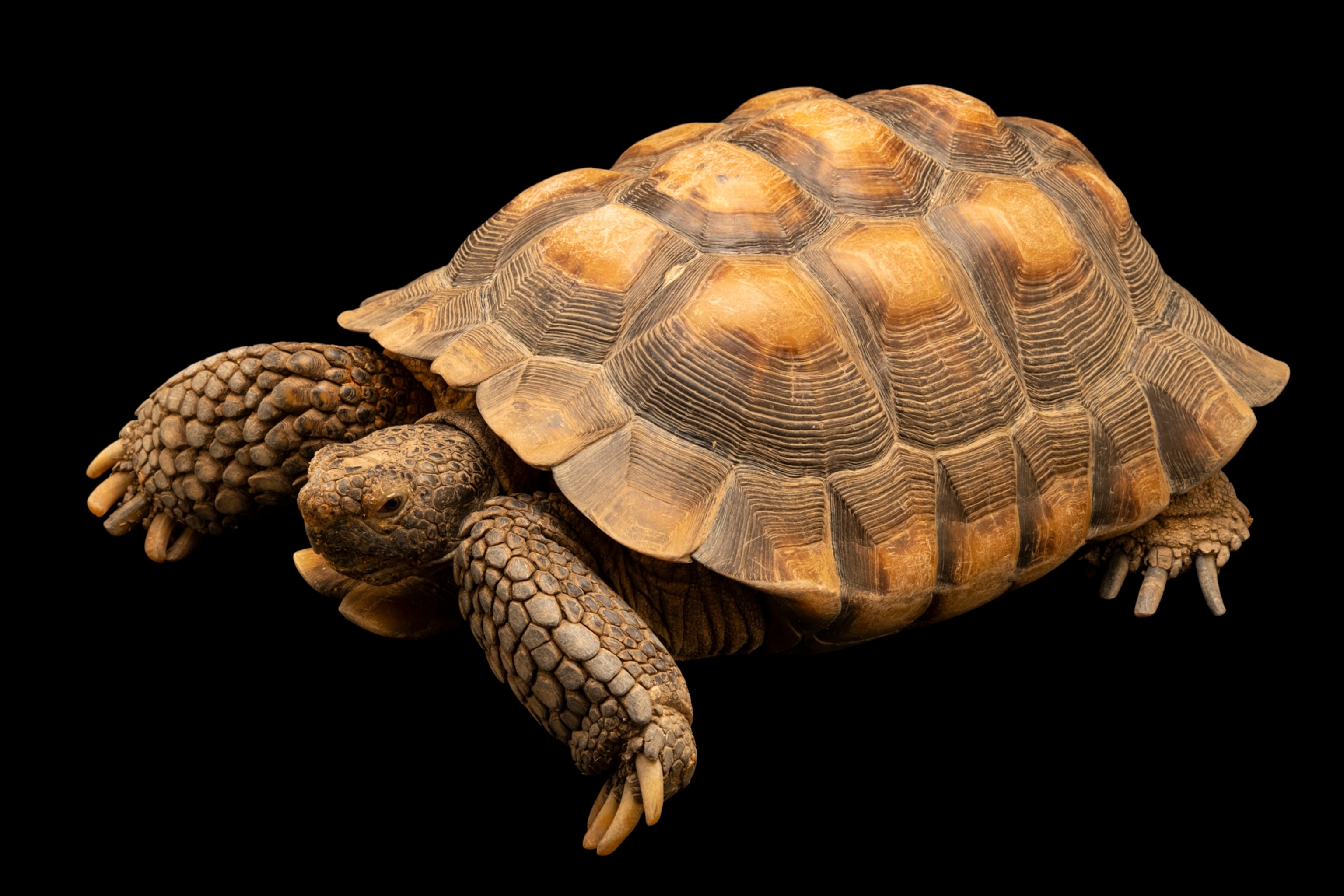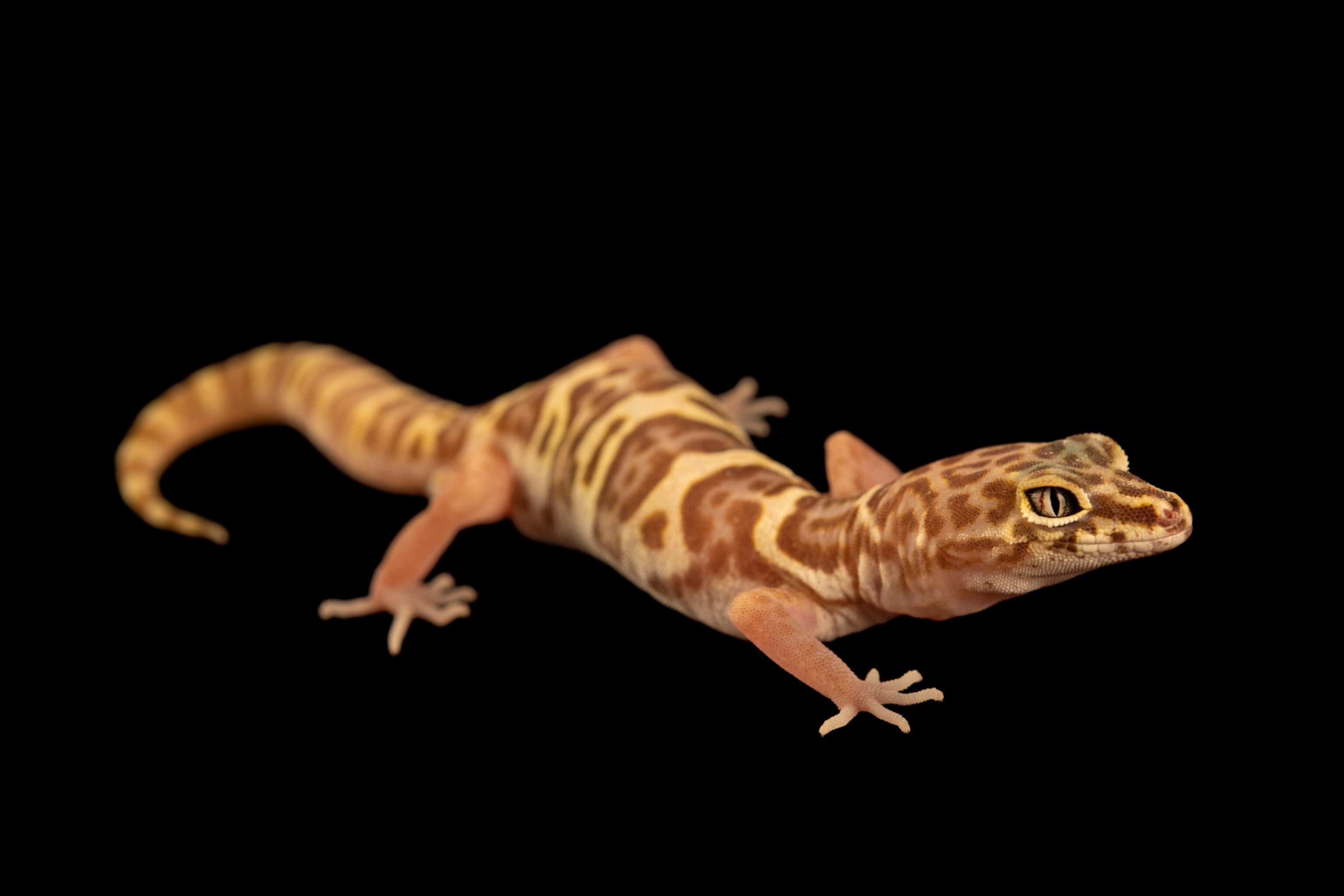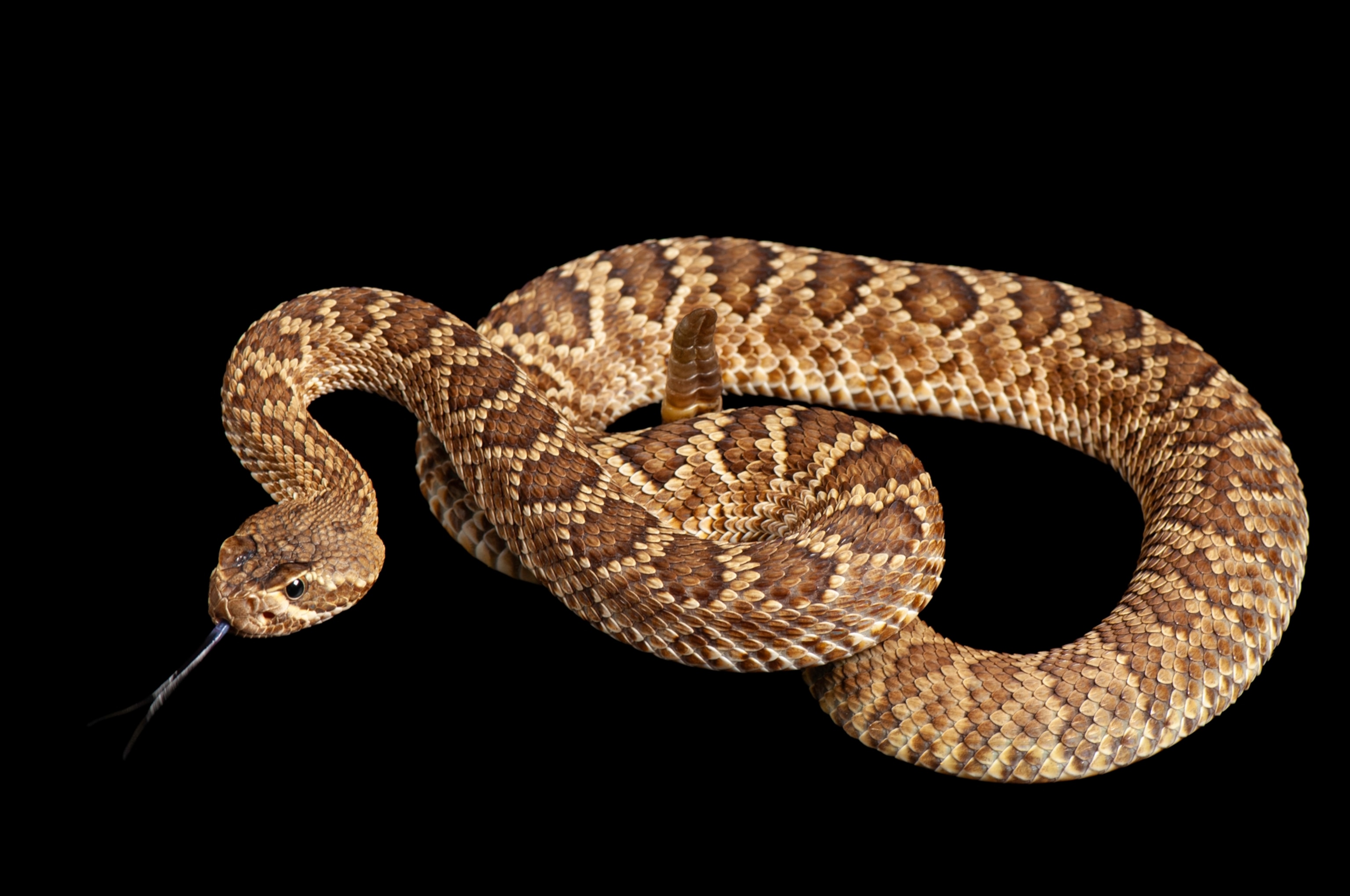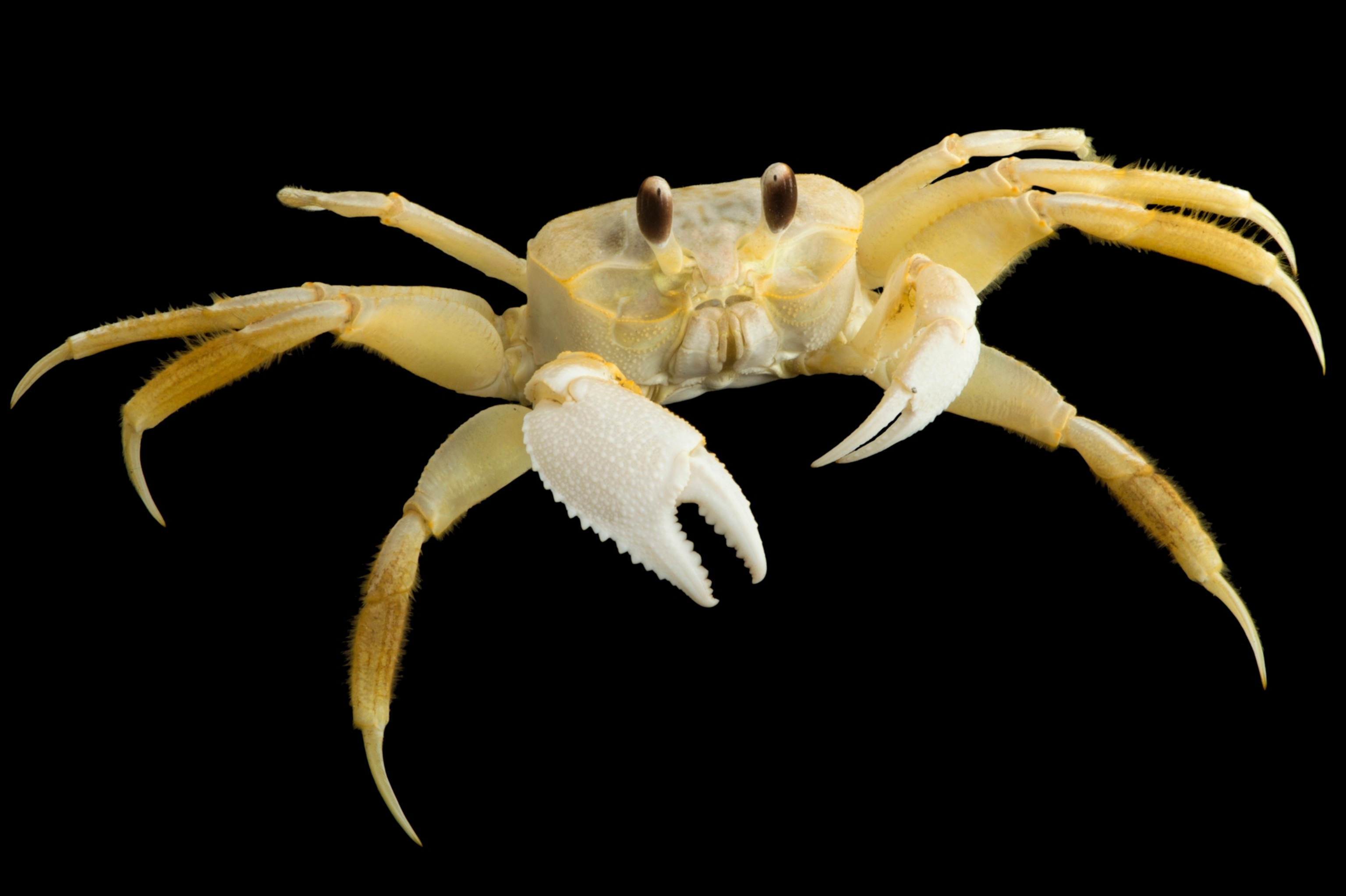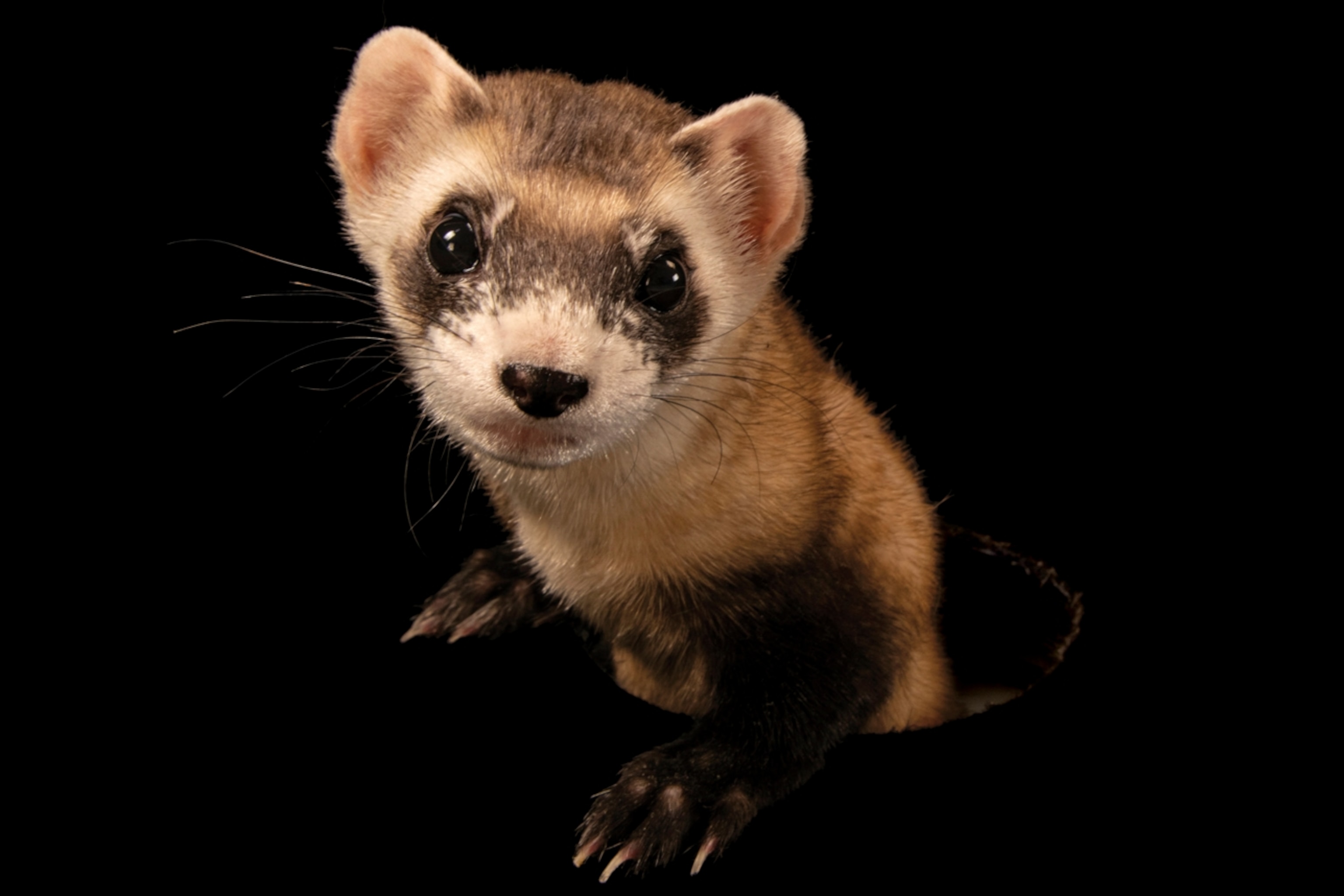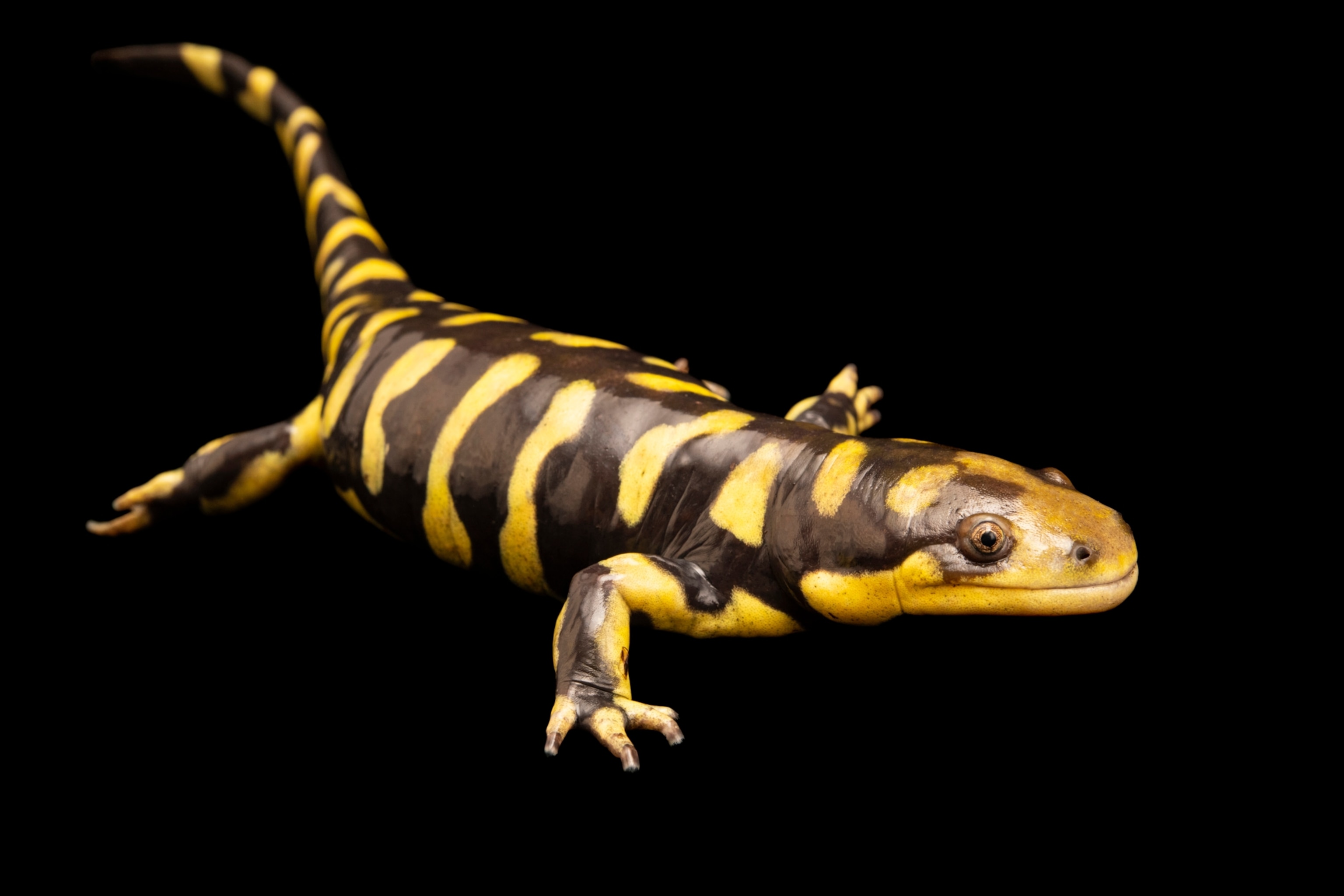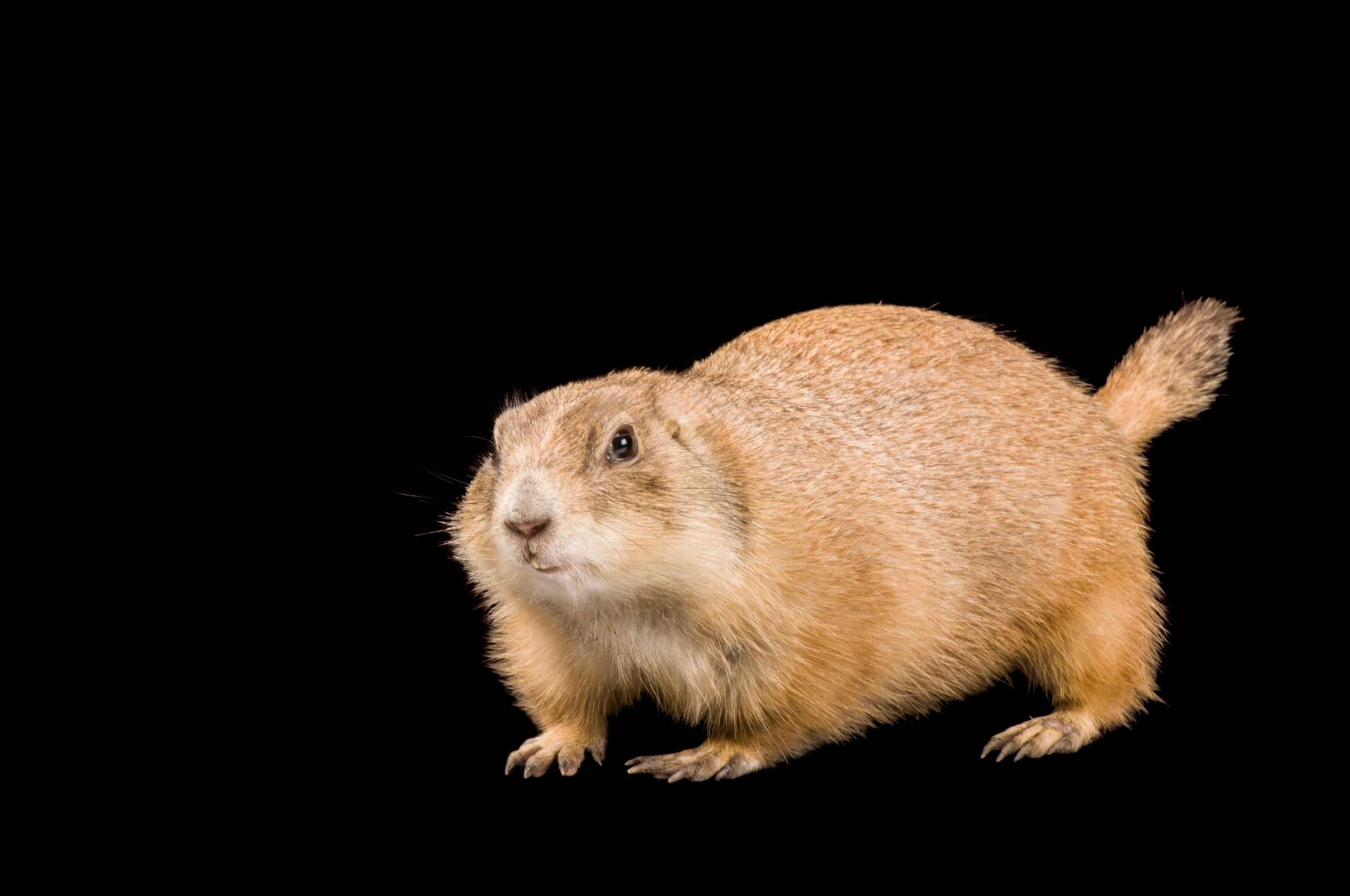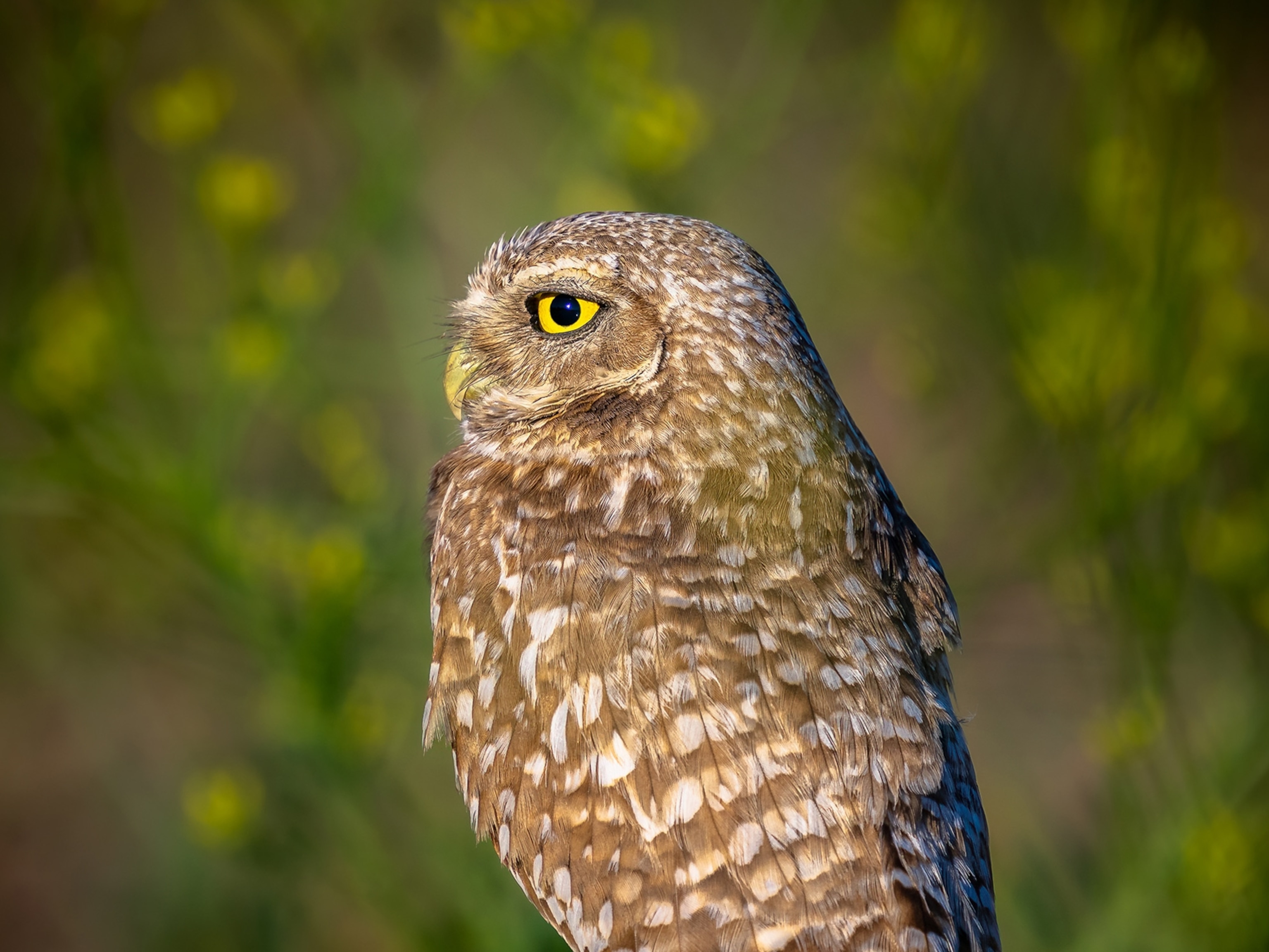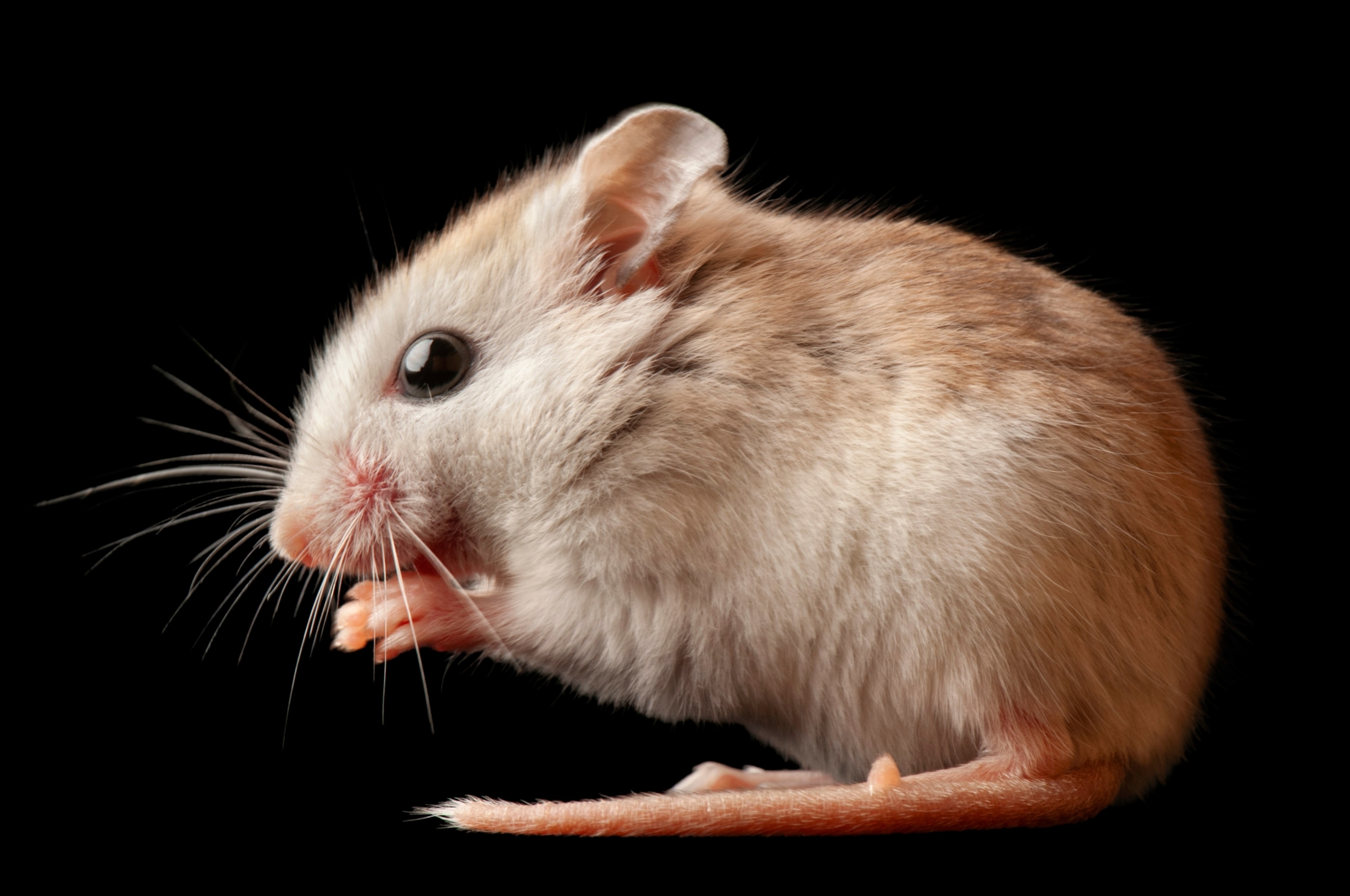
Ask National Geographic Explorer Joel Sartore about the nearly 700 endangered and threatened species he’s photographed, and he immediately talks freshwater mussels. Living water filters, they are some of the most imperiled species on Earth: 75 percent of freshwater mussel species in the U.S. are protected under the federal Endangered Species Act, which is celebrating its 50th anniversary.
Here are some of those lesser-known, yet essential species that are endangered in the U.S. Plus, the web of other creatures that could be imperiled if these vital species disappear.
(To help save endangered species, Joel Sartore takes their pictures.)
Endangered species: fanshell mussel
Freshwater cleaning crew for darter fish
Freshwater fanshell mussels rely on darter fish, including the tangerine and Roanoke, for their survival. Mussel larvae attach for weeks to darters, where they absorb vital nutrients to develop. A single mature freshwater mussel can clean up to 15 gallons of water in a day, keeping waterways healthy for all creatures that depend on them. Water pollution and habitat fragmentation have pummeled many of these freshwater mussels to the edge of extinction—they’re the most endangered group of animals in the U.S.
(A freshwater mussel apocalypse is underway—and no one knows why.)
Endangered species: American wood stork
Swampland symbiosis with the American alligator


After losing habitat, the wood stork was protected under the Endangered Species Act in 1984.A few years later, the American alligator, also a mainstay of Florida’s Everglades, departed the list as a recovery success story. The two have a symbiotic relationship: Alligators patrol the flooded forests where wood storks nest, keeping predators such as raccoons away from eggs. In return, alligators occasionally prey on fallen wood stork fledglings.
(Learn more about the wood stork.)
Threatened species: California desert tortoise
Neighborhood homebuilder for the Western banded gecko, desert wood rat, Mojave rattlesnake, and desert cottontail
For nearly nine months a year, in tunnels as much as 30 feet long below the parched soil of the Mojave Desert, the California desert tortoise seeks shelter from the elements. Listed as threatened since 1990, these long-lived reptiles don’t live alone; they can dig up to 25 burrows a year—and share the space with creatures from geckos to cottontails. Facing increasing threats from encroaching urbanization, the desert tortoise population has plummeted in recent years from hundreds of adults per square mile to a few.
(Learn more about desert tortoises.)
Endangered species: St. Andrew beach mouse
On the menu for the great horned owl, ghost crab, and eastern hognose snake
About four square miles of sand dunes on Florida’s Gulf Coast are home to several species of endangered mice, including the St. Andrew beach mouse. These big-eared critters are just a few inches long and are threatened by a host of pressures, such as hurricanes, artificial lighting, and invasive predators. Protecting the beach mouse means preserving an important food source for owls, snakes, ghost crabs, and other native species.
Endangered species: black-footed ferret
Key to connections linking the barred tiger salamander, western burrowing oil, and black-tailed prairie dog
In the late 19th century, federal extermination campaigns eliminated prairie dogs, seen as agricultural pests, from 96 percent of their historic habitat. Their disappearance triggered a chain reaction: Without prairie dogs to dig holes, burrowing owls, salamanders, and many other animals were left without dependable shelter. Black-footed ferrets lost their primary food source and faced near extinction. An ESA listing in 1967 and a successful captive-breeding program have brought the ferrets back.
(Learn more about black-footed ferrets.)
This story appears in the January 2024 issue of National Geographic magazine.
